Downtown Oklahoma City over the last 20 years is the sort of success story that gets city planners and civic booster types all hot and bothered. What in the late 1980s was a “28 Days Later” style ghost town, a mass of empty buildings and empty lots, has been rehabbed into the shiny, tourist friendly public face of our fair city. When walking in Downtown it’s easy to feel like you’re in an eastern bloc showpiece capitol; everything is almost supernaturally clean, gleaming new civic projects and tasteful renovations are everywhere, the cops are almost creepily polite, and the sort of street life that exists in most cities- street vendors, buskers, beggars, graffiti- is kept carefully in check. Throw in a free tram ride around the city and “ambassadors†on Segway scooters and the weirdly rehearsed feeling of the place is complete. The futuristic architecture of the Myriad Gardens and the epic tinker toy that is Stage Center add to the feeling of unreality. If this comes off as criticism, that’s actually not my intention. I’ve been around the country a fair bit, and this sort of Extreme Makeover: Central Business District Edition has been attempted in many many other cities with far less success. The empty lofts of the Power and Light district in KC and Shokoe Bottom in Richmond testify to the fact that there is no magic wand that you can wave to bring life and money back downtown. That the city has done this, and done it in a way that pays tribute and engages with the culture of the state and the city without going overboard into Six Flags old west kitsch, is encouraging.
Landmarks
The Arts District
The Civic Center complex built in the 1930’s when the old Rock Island depot and railroad tracks running through downtown were removed, leaving a long, skinny sliver of land ripe for development. It was during the height of the Depression, and, when he took office in 1933, Roosevelt scrambled together $5 billion for public works projects to get people back on the job. Some of these Public Works Administration funds were used to build the three Civic Center buildings- the Civic Center, the County Courthouse, and City Hall. To this civic minded brew was added the Stage Center, formerly the Mummers Theater in 1970, The Myriad Gardens and Crystal Bridge in the late 1980s, and the new central public library and the Oklahoma City Museum of Art in the last two decades. To make a long story short, it’s the cultural heart of downtown, if not the entire city.
The OKCMOA is a great mid sized museum, with a fantastic collection of geometric and optical art as well as the most comprehensive Chihuly glass collection anywhere. The museum also contains an art house theater, a very good cafe (my buddy Henry Boudreaux is one of the chefs there) and weekly rooftop cocktails. They also have tons of community arts programming, kids camps, docent programs, etc.
The Civic Center music hall was renovated as part of MAPS and is comfortable and acoustically impressive. (It received a $52.4 million renovation)
The Library is large and well designed, with community spaces and programs going on constantly.
Stage Center was the first Urban Renewal project to be completed (in 1970). Its internationally renowned architect, John Johansen, won an AIA Honors award for this, his most magnificent work, in 1972. Unfortunately, Stage Center was on the wrong end of the terrible rains last summer and was severely flooded, so now it sits vacant, awaiting restoration (hopefully)
(I recall seeing Russian folk fusion band Limpopo there many years ago, a very strange experience that has yet to be bumped from my “top 10 concerts of all time” list. That’s a story for another time.)
The Myriad Gardens/ Crystal Bridge
The Myriad Gardens, a recently renovated and expanded 17 acre urban park, is a gorgeous and future-ey (not a word you say? It is now.) botanical garden surrounded by ponds and parkland. A friend from out of town remarked upon seeing it “It looks like the future. Not the actual future, but the way the future was supposed to be. Like Starfleet Academyâ€. The recent additions thankfully maintain this general look. If it is indeed possible for a piece of architecture to be friendly and optimistic, I think this lovely urban park fits the bill as well as anywhere.
The Thunder
We have a pro sports franchise now. This is the sort of thing that happens when you elect a sportscaster as mayor. Initially we didn’t really bond with the infant franchise; the initial giddyness of birth was followed by postpartum depression on our part, and failure to thrive on theirs. The angry rants of Seattle-ites that the Sonics had been strategically bad were put to shame by the miserable first months in OKC, with a low point coming when the team was booed by OKCitians when playing our old flames, The New Orleans Hornets. The suits at the top took notice and soon washed up coach PJ Carlissimo was shown the door in favor of the sprightly, untested Scott Brooks. Only a year later we were on our way to the playoffs. Kevin Durant came into his own and upstaged Lebron James by the simple act of not being a narcissistic tool, Scotty Brooks is Coach of the Year, Russell Westbrook is looking like another superstar in the making, and the national press has gone from skeptical outrage at our “theft†of the Sonics (anyone who thinks that Starbucks honcho sold to something called The Oklahoma City Ownership Group and imagined that the team would be staying needs to quit putting bourbon in their iced machiattos.) to a doe eyed embrace of the team, the fans, the franchise, and the city. It’s a good time to be into basketball. What’s more, you can get a ticket for about 20 bucks. Not a good ticket, but a ticket nonetheless. For all the crowing about how small market teams can’t compete in the NBA, how the era of the unstoppable super-team is upon us, I have yet to see a more exciting game of basketball than the triple overtime victory of OKC over the Memphis Grizzlies in Memphis, two small market teams battling in grand fashion for a shot at the western conference finals. Remind me, how are the Knicks and the Lakers doing?
The Underground
I like tunnels. Something about a world under the streets appeals to me. When I lived up by Lake Hefner, I would explore the storm drains that led to the lake with nothing more than a flashlight. (do not attempt this. It’s dangerous, feral animals live down there, there’s nothing to see except graffiti, cigarette butts and the occasional porn mag, if you trip and break your neck no one will find you, and cops will think you were shooting up if they see you crawl out of one) A much more sane expedition can be taken under the central business district, where a series of tunnels (originally called the Conncourse after Jack Conn, the brain behind the scheme) connects most of the major buildings to each other. In the 1990s it was an obscure and dimly lit relic of the 1970s, complete with mildewy carpet and harvest gold paint. Local eccentric and nationally known architect Rand Elliott completely redesigned the system at the beginning of the last decade, creating a strange, surreal and beautiful space under the city. I strongly recommend walking the length and breadth of the system while listening to the music of the other nationally known local eccentrics The Flaming Lips.
(This is not our first underground tunnel system; there was once a tunnel system that early Chinese settlers built — here’s more about it: http://www.city-data.com/forum/oklahoma-city/105523-underground-china-town-discovery-okc.html
Oklahoma City National Memorial and Museum
I was in 6th grade when Tim McVeigh decided to try to launch a far right revolution by blowing up the OKC federal building. I thought someone had driven a car into my middle school, which would have actually been pretty cool. We had no idea what was going on until everyone whose parents worked downtown were excused for the day. I didn’t see any footage until later when I was getting my weekly CD at CD Warehouse on Northwest Expressway (at the time staffed by future Guestroom Records tycoon Travis Searle) and saw it on the in store TV. I bought Van Halen II. I didn’t listen to it until weeks later; it just didn’t seem appropriate. What is appropriate (see what I did with the transition there?) is the beautiful memorial to the 168 people who were murdered that day, a place that isn’t about anger or retribution (and if you were here in the aftermath, you know that a lot of people wanted to string McVeigh up on a meathook in the city square like Mussolini) but about quiet reflection. The museum could go more in depth about the causes and consequences of the attack, but I think that misses the point; the museum is part of the memorial, not a dispassionate commentary. It exists to bear witness to the terrible event, not explain it…and really, what could ever explain something like this?
Church Row
The historic Victorian churches of the city are almost all located on this stretch of North Robinson St.- First Baptist, First Church of Christ Scientist, First Lutheran, St Paul’s Episcopal, First Christian (“The Other Gold Domeâ€), St Joseph’s Catholic Cathedral, and First Methodist. The latter two were badly damaged in the bombing and required extensive renovations.
When these churches were built at the turn of the 20th century, this was a residential area with grand homes. As downtown pushed northward in the ensuing decades, people moved away, leaving most of these churches with commuter congregations. Some of the churches, such as the original St. Luke’s and the old Masonic Temple, were demolished after their congregations moved, while others (First Christian, First Christ Scientist) remain vacant and are in neglect.
First National building
This building, modeled loosely on the Empire State Building was the first, and is still the handsomest, major skyscraper in Oklahoma City. First National has been through a musical chairs rotation of out of state owners and investors, each proclaiming loudly their intention to restore it to its former glory. So far, no one has come through. It’s an art deco gem on the outside, but it really shines in the gorgeous Great Banking Hall, which has been slated for renovation for literally years. Someday soon, hopefully.
Kerr Park
A beautiful mid century modern park, more of a sculpture than a park really; a fitting tribute to Senator Robert Kerr, who managed to bring home wheelbarrows of bacon to Oklahoma during the New Deal. It was closed off a few weeks ago during some Sandridge demolition — not sure if it’s open again and what Sandridge intends to do with it.
Colcord Building
Now the Colcord Hotel, this was the first skyscraper in the city, built by the eponymous businessman Charles Francis Colcord after he lost almost everything in the great San Francisco earthquake. It is a fine example of Chicago-style architecture, and the style’s founder, Louis Sullivan, designed the decorative terra cotta molds for the building. It was also the first reinforced concrete building in Oklahoma. It has been lovingly transformed from nondescript offices with an oyster bar on the ground floor (I think oyster bars were cool for a minute during the oil boom of the early 1980s) to an awesome boutique hotel with a good french restaurant, the Colcord Cafe and Bar, on the ground floor.
The Skirvin
When you hear a story that starts with “(blank) was once one of the jewels of downtown (blank)†it rarely has a happy ending. The Skirvin looked for a long time like one of those buildings that was too expensive to renovate but too historic to demolish. It just stood there for two decades, a gorgeous and stately reminder that things downtown weren’t what they used to be. Somehow the combination of business capital and “political will†(that most amorphous of civic phenomena) came together to save this historic hotel and bring it back to life as what it was meant to be; an upscale hotel. The place really just screams “take your date here after prom, dude.†and then high fives you.
Central High School
Central High School was OKC’s first high school when it was built in 1910. Designed by Andrew Layton (also responsible for the Skirvin and the state capitol), it was also OKC’s first integrated school and served the community until the mid-70’s. Then, Southwestern Bell bought the building and renovated it while maintaining its historic facade (one of the first such restoration projects to occur). There is a Central High School museum located at 7 N. Robinson near the Myriad Gardens.
DINING-
Richey’s
Burgers and American – 210 Park Ave, Oklahoma City
A tasty office drone favorite in the heart of downtown. I have yet to hear a bad review.
Italian Express
Pizza and Italian – 119 West Main Street, Oklahoma City
Not to be confused with Italia Express on the northside, this pizza joint commands a loyal following.
Johnny’s Lunch Box
American – 413 W Sheridan Ave, Oklahoma City
This place is an OKC institution and has been around since the 50’s. It also provides the best lunchtime people watching in town. I’m not sure about this, but I hear that this place and the bus station next door are in danger of demolition with the Devon Tower going up.
Park Harvey Sushi
200 N Harvey Ave, Oklahoma City
Allegedly one of the better sushi spots. My source recommends you try the Durantula Roll.
Thai Kitchen Cafe
327 Dean A McGee Ave, Oklahoma City
I’m torn between which is the better thai place: here or Sala Thai. I guess I’ll just have to go to both of them next week and find out.
1st Edition Cafe
300 Park Ave., Oklahoma City
The best coffee shop downtown is…in the library? Yep. It’s in the library. The food is good, the coffee is good, and you can buy a single banana with dimes without phasing the staff.
Library of Food & Spirits
119 N Robinson Avenue – Lower Level, Oklahoma City
Hidden away in the subterranean depths of the building across from First National, this is a perfectly intimidating spot for a power lunch.
Leo’s Barbeque
7 Harrison Ave, Oklahoma City
If this place isn’t on your radar, you are missing out on some very very good barbecue. You also are missing out on a place that doesn’t have air conditioning, so if you’re a high-maintainance diner, go elsewhere. Your loss.
The Whole Enchilada Cafe
4 Santa Fe Plaza, Oklahoma City
Austin style quick-mex in the heart of downtown.
La Luna Mexican Cafe
This is an institution downtown, but to be honest I’ve never really cared for it. Plenty of people think I am completely wrong about this, so you should probably give it a shot yourself.
Coney Island Hot Dogs
I have raved about these hotdogs in the past, so I will spare you my fanboy exuberance. Just let it be known: Coney Island is THE SPOT.
Cool Greens
Hey, do you like salad? They do!
Pinkitzle (the cupcake place in the Santa Fe station)
The cupcake conquest of the metro continues. This is a good people watching spot.
Trattoria Il Centro (in the Montgomery)
You’ll have to walk through some construction to get there, but it will be worth it.
Park Avenue Grill (in the Skirvin)
Tasty, but pricy.
Museum Cafe (at OKCMOA)
See Above.
RETAIL
If there is one glaring omission in the offerings available in Downtown, it is retail. As in many other central cities, the shopping mall and urban renewal killed the large department stores, and what retail has returned to the central city is centered in neighboring Midtown, Bricktown, and Automobile Alley. The OKCMOA gift store, a few clothiers, a hallmark store, and the Red Earth store are notable exceptions.
GETTING THERE AND AROUND
Downtown is located roughly at the intersection of I-35 and I-40. The bus transfer center is at Harvey and 6th st, and features comfortable but inconveniently timed buses. The service is OK in the central city and terrible everywhere else. Given the massive amount of construction currently going on, walking or biking is the best way to get around downtown. In theory, there is a “trolley†(rubber wheeled buses made over to look like trolleys…I think this was Ernest Istook’s idea of a joke) loop that will take you all around downtown for 25 cents, but it is notoriously unreliable and fickle. The streetcar system in the works aims to fix that, but in the meantime, downtown isn’t that big; hoof it.
SAFETY
Downtown is safe. That doesn’t mean you shouldn’t keep your wits about you and pay attention to what’s going on around you. In my experience, the panhandlers are pretty nice, and if you just say “sorry, man, can’t afford it right now†they’ll move on and leave you alone. Watch out for construction and construction workers if you’re driving, don’t wander down dark alleys waving 100 dollar bills, etc.
[portfolio_slideshow]
Next up: Pt 2- MIDTOWN!
(Special thanks to the inimitable Lynne Rostochil, for her awesome photos and incredible depth of knowledge about Downtown)
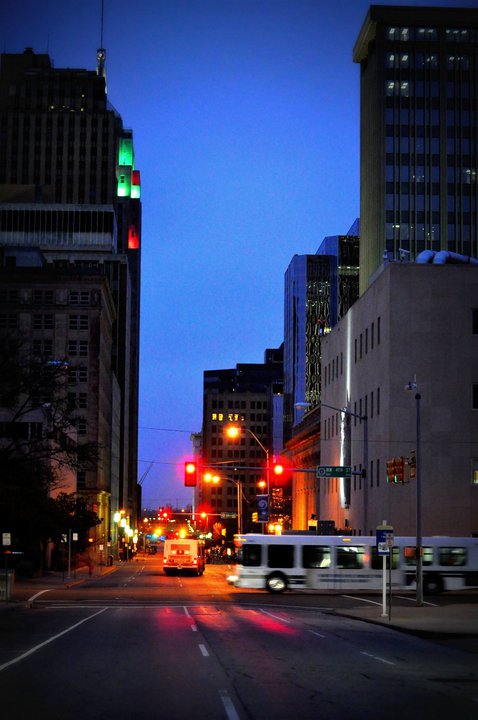
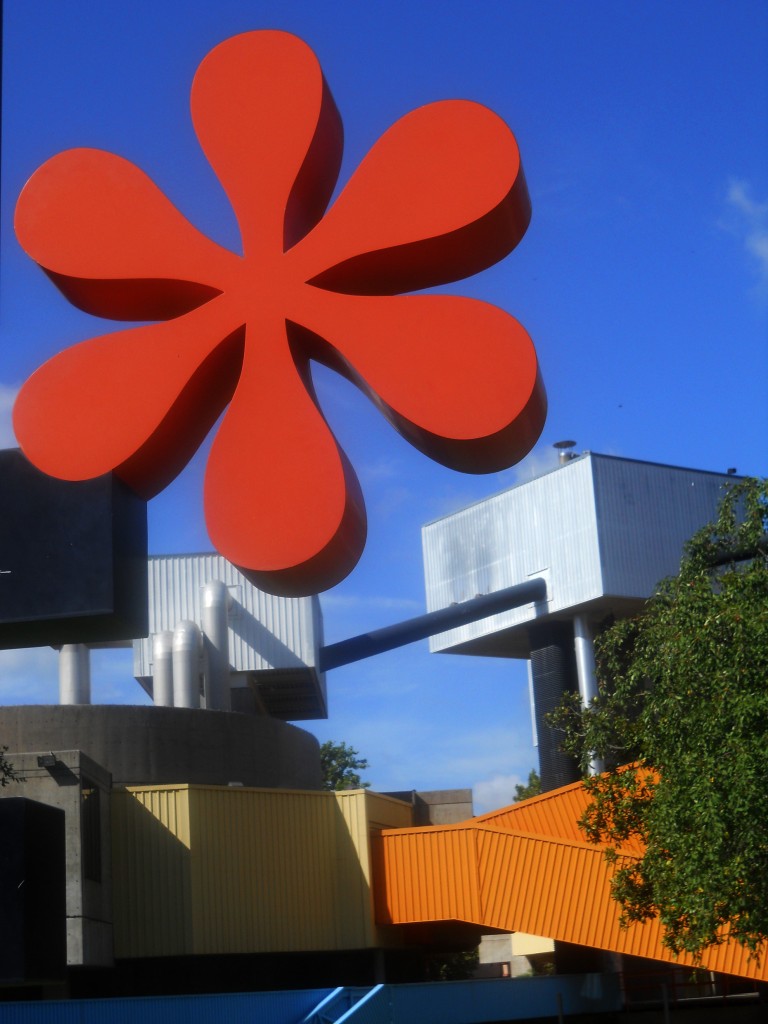
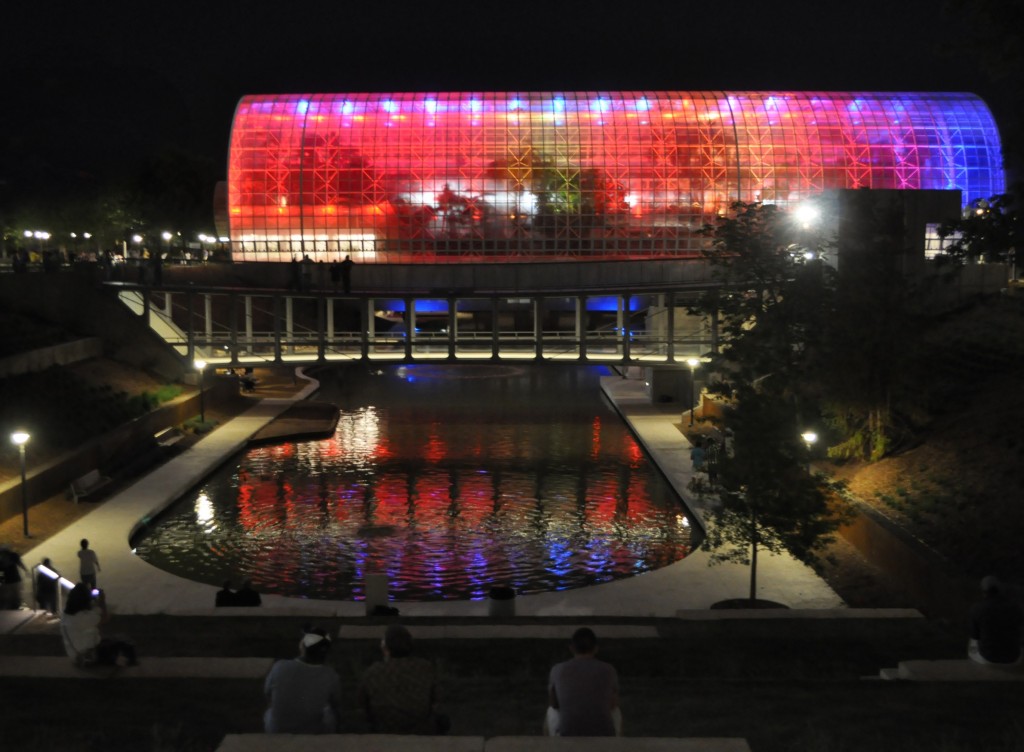
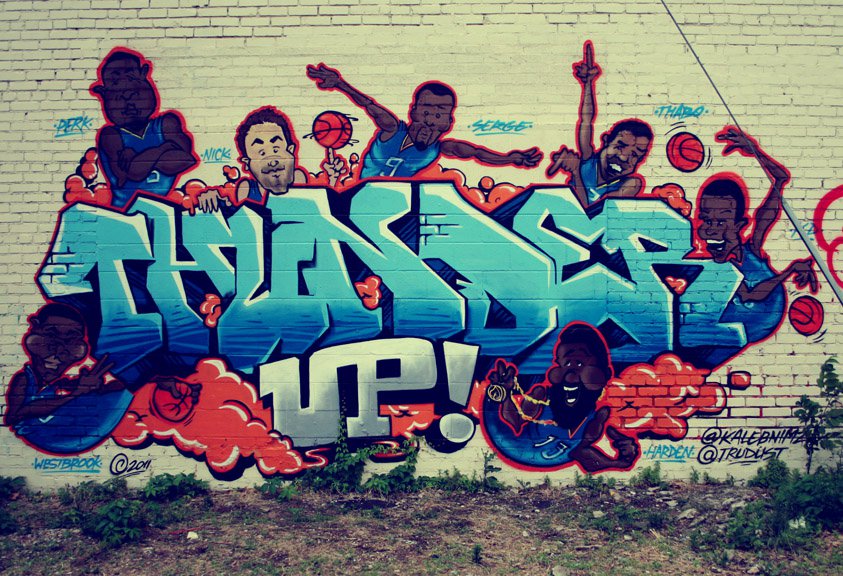
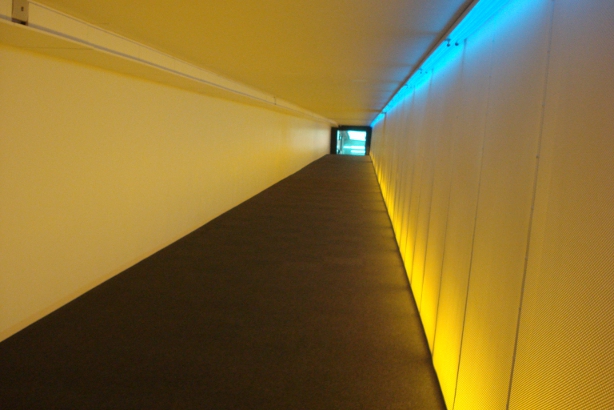

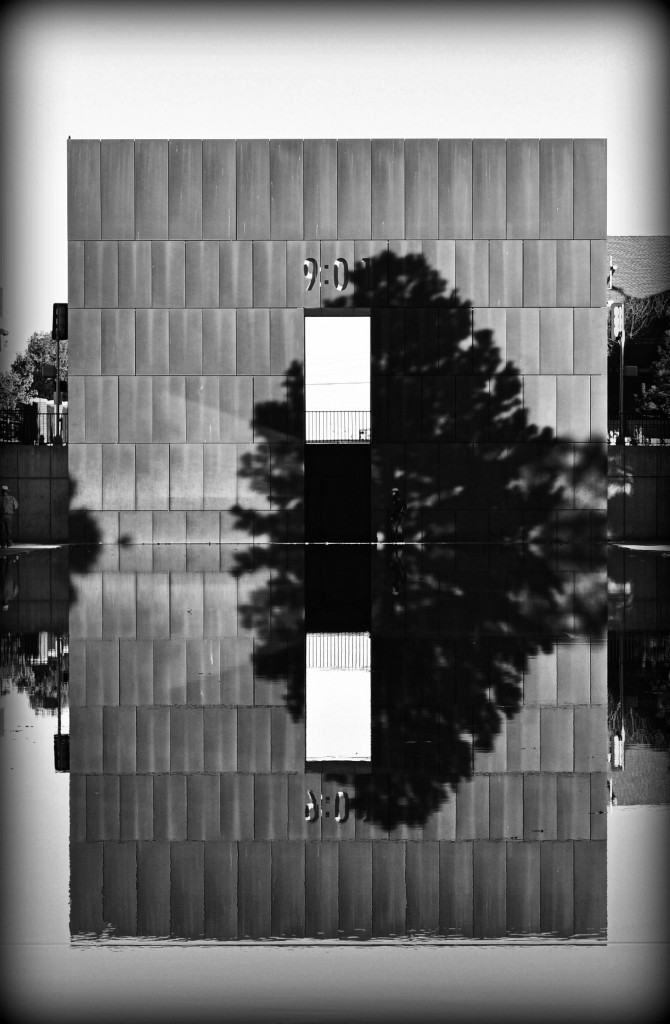
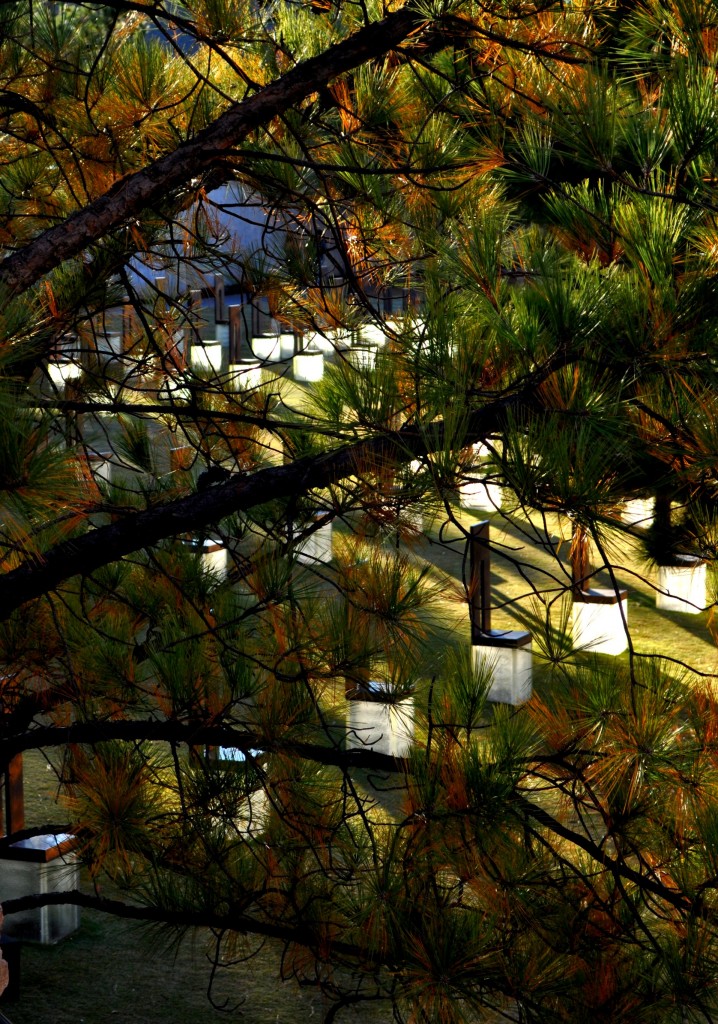

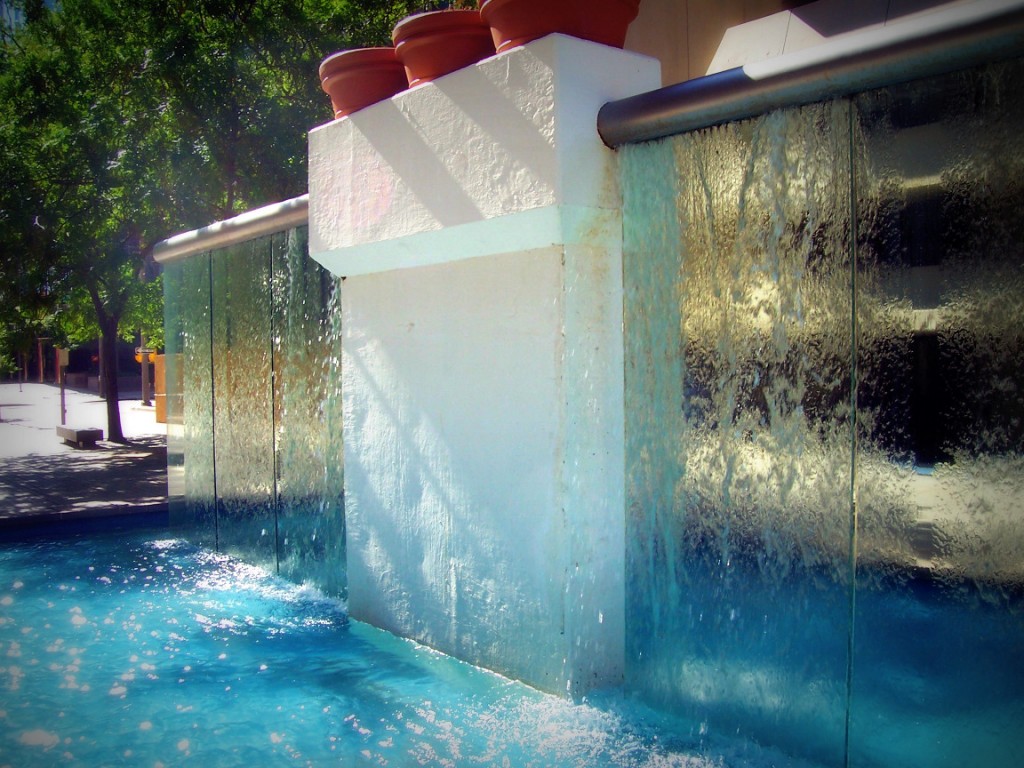
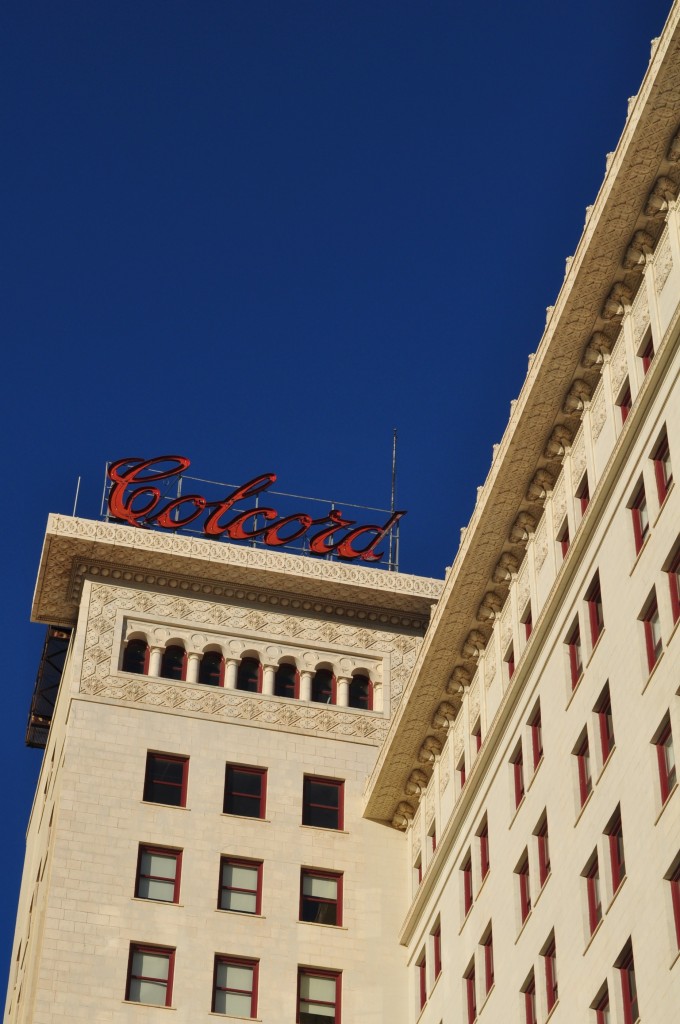

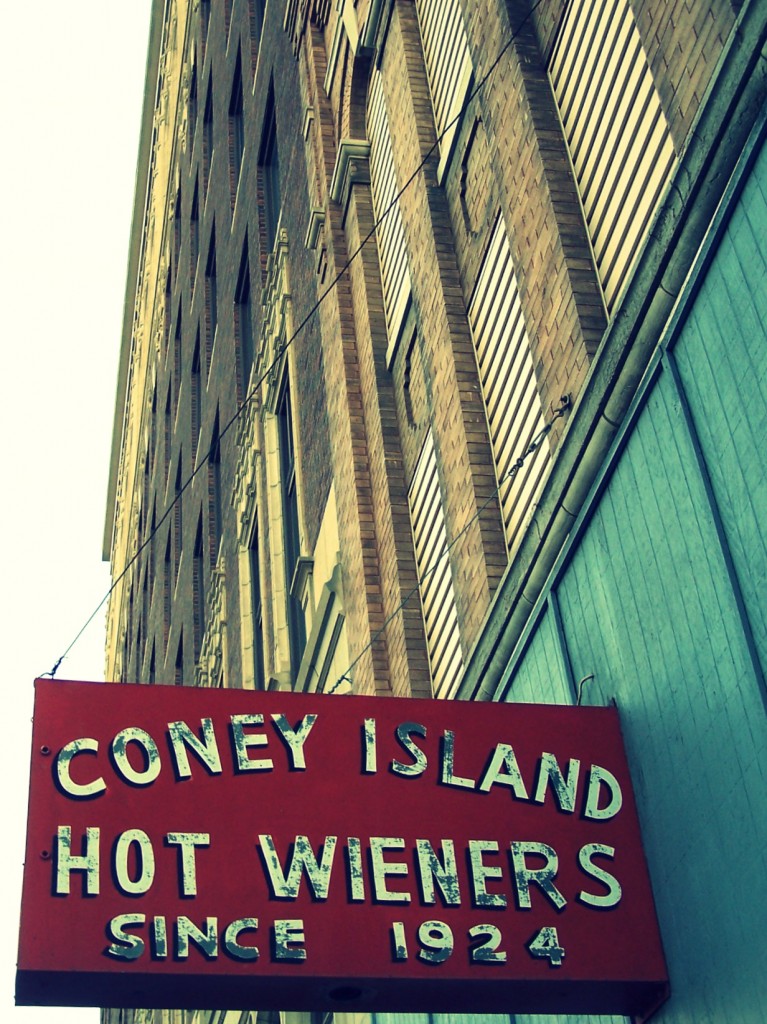
Pingback: Check Out the Arts District in Oklahoma City | Quail Run
This is a really good site post, im delighted I came across it. Ill be back down the track to check out other posts that
Pingback: Downtown OKC Guide Part II: Midtown - OKC.NET- Oklahoma City Now and Forever | OKC.NET- Oklahoma City Now and Forever
You are actually a just right webmaster. The web site loading speed is amazing. It sort of feels that you are doing any unique trick. Also, The contents are masterwork. you have done a excellent activity on this subject!
I’ve learn several just right stuff here. Certainly value bookmarking
for revisiting. I surprise how so much effort you
set to create any such excellent informative website.